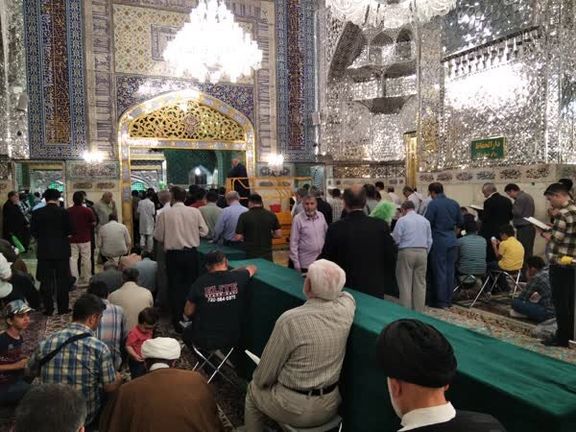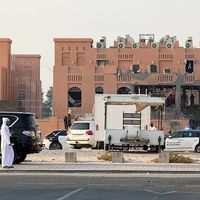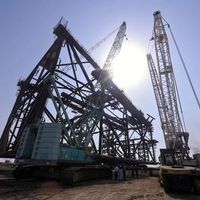According to reports from IRNA, the Islamic Republic's official state media, the designated site, located in the Dar al-Salam portico of Imam Reza's shrine in Mashhad, starkly contrasts the economic struggles faced by many Iranians.
The burial site boasts a marble floor and a door crafted from "precious gold," elements that highlight the regime's penchant for grandiosity. Adding to the splendor, a massive crystal chandelier, over 200 years old, with 144 branches and weighing approximately two tons, hangs above, symbolizing the official's disconnect from the populace.
Despite Raisi's supporters dubbing him the "Man of the Deprived," the lavishness of his final resting place paints a different picture. No official data on the cost of Raisi's grave is available, but graves in similar porticos reportedly sell for hundreds of billion rials, with some nearing ten billion rials (about $20,000).
Such extravagance comes at a time when at least one third of Iranians are now living below the poverty line, the crisis exacerbated by sanctions and government mismanagement. The Astan Quds Razavi website, which also notes that Raisi will be buried near Hashem Najafabadi, the maternal grandfather of Supreme Leader Ali Khamenei, further ties the lavish burial site to the entangled webs of power within Iran's political elite.
The opulent interment not only underscores the hypocrisy within the ranks of Iran's leadership but also fuels the growing discontent among its citizens who see a regime increasingly out of touch with the people it claims to serve.









